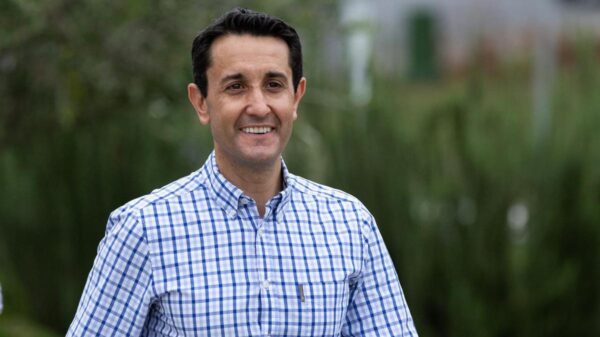Australia’s venture capital firms have reported a surge in start-up dealmaking, with total exits reaching nearly $2.9 billion in the first half of 2024. This figure approaches the total amount for the entirety of 2023, sparking renewed optimism among technology investors regarding initial public offerings (IPOs) and other deal activities.
According to data compiled by Pitchbook for The Australian Financial Review, the value of exits in Australia amounted to $1.9 billion (AUD 2.9 billion) across 25 transactions from January to June. This contrasts with $2.1 billion in exits recorded during the entire 2023. The recent figures reflect a significant cooling in the market over the past few years; between 2023 and 2024, only $3.9 billion was realised through exits, down from $4.28 billion in 2022 and $4.75 billion in 2021.
Mergers and acquisitions have dominated the landscape, accounting for nearly three-quarters of the tracked deals in the first half of this year. The largest transaction involved the acquisition of Phocas Software, while United H2 Limited acquired an electric bus supplier.
Market Recovery Signals Renewed Activity
The outlook for the market appears to be improving. Paul Bassat, co-founder of Square Peg Capital, noted an increase in market engagement, stating, “The amount of noise in the market, i.e., the number of approaches that are made to portfolio companies, has really increased significantly, and that’s obviously an early sign of more activity.” He anticipates that companies generating $100 million in revenue with strong unit economics will find the Australian market increasingly appealing for potential IPOs.
Daniel Petre, co-founder of AirTree Ventures, indicated that while there will be more exits in the second half of the year, many of these transactions may arise from necessity rather than a robust market demand. He explained that some venture capital firms are nearing the end of their funding cycles and must exit positions to meet payout obligations. “We are not yet in any sort of ‘happy place’ where exits are easy to come by at overall healthy valuations,” Petre added.
The Australian Securities Exchange (ASX) has historically promoted itself as a destination for tech start-ups. Nevertheless, apart from the online accommodation platform Siteminder, it has struggled to attract emerging local companies. Recently, Tetratherix, a medical device manufacturer, entered the IPO market at the end of June and has seen its shares rise by over 9 percent since then.
Emerging Trends in Exit Strategies
Karen Chan, a portfolio manager at Perennial Private Investments, remarked that the local IPO market is beginning to show signs of vitality, largely inspired by trends in the United States. She highlighted successful IPOs for companies like Chime and Circle in the U.S., as well as Virgin and GemLife in Australia, which suggest an uptick in activity for tech firms.
More companies are reportedly engaging in pre-IPO fundraising rounds or seeking additional capital before pursuing exits, which may occur through either IPOs or mergers and acquisitions over the next six to thirty-six months. Chan noted several factors fostering this environment, including an improved macroeconomic landscape, strong corporate earnings, and a pragmatic approach to valuations by both buyers and sellers.
Additionally, secondary sales, which allow early investors and company employees to sell their shares to other buyers, are gaining traction. Notably, Canva has conducted multiple secondary sales to maintain investor support while awaiting an IPO. Other local start-ups, including Rokt and SafetyCulture, have adopted similar strategies.
In March, private equity firm Roc Partners launched a fund targeting high-net-worth investors for private market deals, including tech start-up buyouts. Managing partner Frewen Lam expressed optimism for increased liquidity events this year, though he cautioned that these may not necessarily result in “clean exits.” Instead, he anticipates a mix of liquidity solutions, such as dividend recapitalisations and continuation vehicles.
While the current environment suggests a gradual recovery in dealmaking, experts agree that the pace of transactions is unlikely to return to the highs seen in previous years.





























































